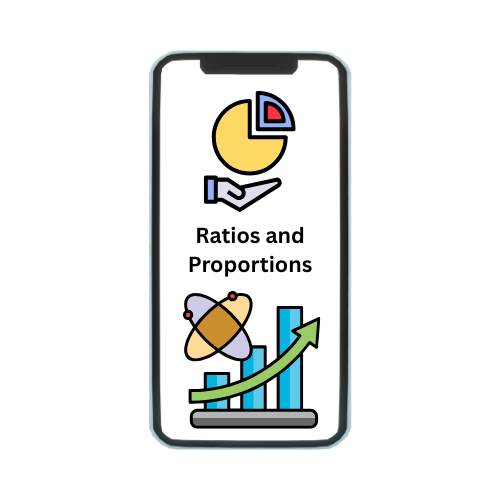What Is Operating Leverage?
Operating leverage measures a company’s fixed costs as a percentage of its total costs. It is used to evaluate the breakeven point of a business, as well as the likely profit levels on individual sales.
Types of Operating Leverage
- High Operating Leverage
In a high operating leverage situation, a large proportion of the company’s costs are fixed costs. In this case, the firm earns a large profit on each incremental sale, but must attain sufficient sales volume to cover its substantial fixed costs. If it can do so, then the entity will earn a major profit on all sales after it has paid for its fixed costs. However, earnings will be more sensitive to changes in sales volume.
- Low Operating Leverage
In a low operating leverage situation, a large proportion of the company’s sales are variable costs, so it only incurs these costs when there is a sale. In this case, the firm earns a smaller profit on each incremental sale, but does not have to generate much sales volume in order to cover its lower fixed costs. It is easier for this type of company to earn a profit at low sales levels, but it does not earn outsized profits if it can generate additional sales.
Thus the operating leverage shows the relationship between the changes in sales and the changes in fixed operating income. There will be no operating leverage if there are no fixed operating costs.
- Fixed Cost
The term fixed cost refers to a cost that does not change with an increase or decrease in the number of goods or services produced or sold. Fixed costs are expenses that have to be paid by a company, independent of any specific business activities. Few examples of fixed payments are: Rent or mortgage payments, Car payments, Other loan payments, Insurance premiums, Property taxes, Phone and utility bills, Childcare costs, Tuition fees & Gym memberships.
- Variable Cost
A variable cost is a corporate expense that changes in proportion to how much a company produces or sells. Variable costs increase or decrease depending on a company’s production or sales volume—they rise as production increases and fall as production decreases. Examples of variable costs include a manufacturing company’s costs of raw materials and packaging—or a retail company’s credit card transaction fees or shipping expenses, which rise or fall with sales. A variable cost can be contrasted with a fixed cost.
Example Of Operating Leverage
A software company has substantial fixed costs in the form of developer salaries, but has almost no variable costs associated with each incremental software sale; this firm has high operating leverage. Conversely, a consulting firm bills its clients by the hour, and incurs variable costs in the form of consultant wages. This firm has low operating leverage.
To calculate operating leverage, divide an entity’s contribution margin by its net operating income. The contribution margin is sales minus variable expenses.
For example, the Alaskan Barrel Company (ABC) has the following financial results:
ABC has a contribution margin of 70% and net operating income of Rs.10,000, which gives it a degree of operating leverage of 7.
ABC’s sales then increase by 20%, resulting in the following financial results:
The contribution margin of 70% has stayed the same, and fixed costs have not changed. Because of ABC’s high degree of operating leverage, the 20% increase in sales translates into a greater than doubling of its net operating income.









